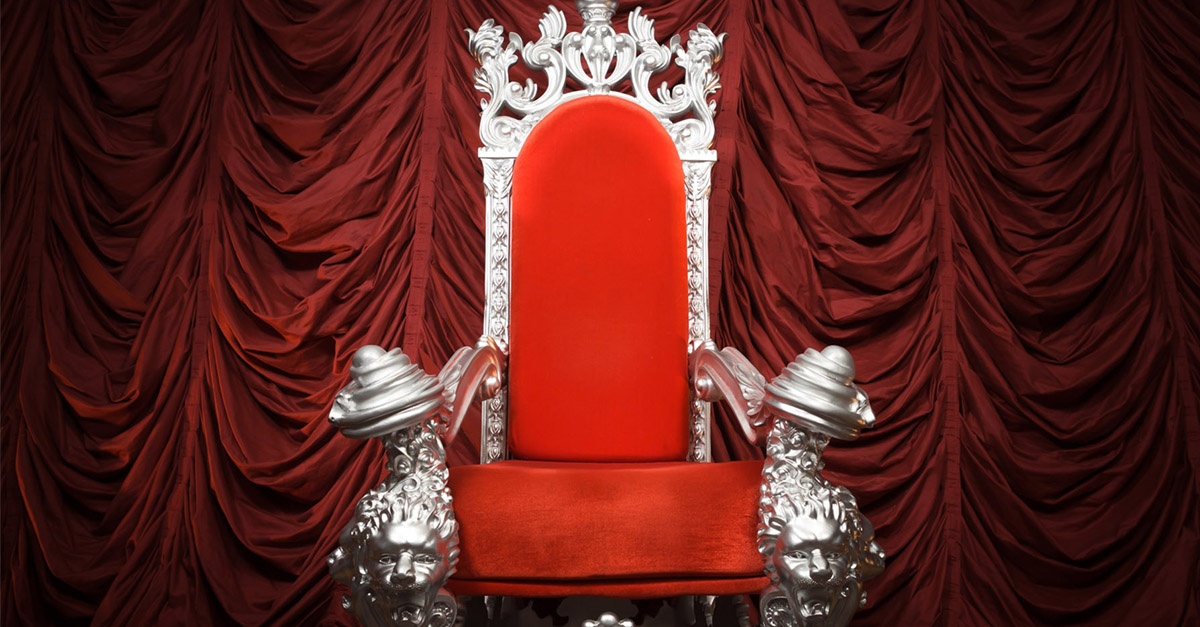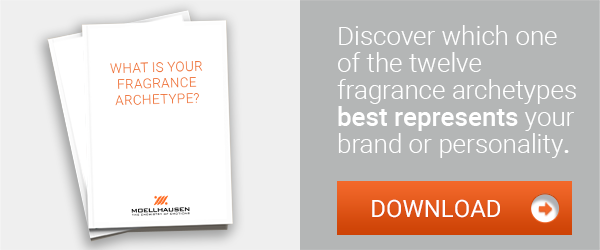
What is your fragrance archetype?
The fundamentals of identity
Archetypes represent the evolutionary pattern of human soul.
Carl Gustav Jung (psychiatrist, psychoanalyst and anthropologist) deeply analyzed the concept of archetypes: he believed in the existence of a collective unconscious, a sort of “invisible library” of emotions, experiences and sleeping memories connecting all human beings.
Jung envisioned it as the residence of universal or “mythic” characters and defined 12 primary archetypes, each one embodying basic human motivations.
Every archetype has its own characteristics, including talents, weaknesses and goals, which people may feel a strong relation to. Even if a single archetype tends to permeate the personality, individuals often fall into two or more archetypes, depending on past experiences and personal development. Different phases in one's life activate different archetypes.
Archetypes in action
Fragrances can also be grouped into archetypes.
Since human evolution has taken place alongside plants evolution, time and coexistence have programmed us to react to the scents of natural elements.
This is the reason why every scent archetype interacts with our inner being, triggering emotions, remembrances or new ideas, as well as strengthening us or giving us balance.
Some fragrances are perfumery milestones and epitomes of a personality, while others express a more nuanced character.
Why matching fragrances and archetypes?
On the one hand, matching fragrances and archetypes is a good way to envision the most suitable scent for our needs and attitudes, according to the archetype we embody at a certain period.
On the other hand, it is possible to understand what archetype lives in us at a given moment, starting from archetypal scents and olfactive notes we prefer.
The same perfume often tells different stories depending on the wearer’s personality. This is the reason why some fragrances belong to different archetypes.
Moreover, archetypes are genderless; so are scents. Individuals should be encouraged to explore their archetypal perfumes regardless of the label “for her” or “for him”.
Archetypal branding
Archetypes can be also related to brands. Every brand develops its own identity (name, physical appearance, cultural values, etc…), in which consumers can mirror themselves. It can be appreciated or refused, it’s a matter of emotions and intuitions.
Anyway, archetypal branding is a model that can help the development of concepts, creating then connections and empathy with the customers. This model has the power to stimulate —unconscious— feelings in order to activate needs: an important value for establishing a long-term relationship with the customer.
RELATED CONTENTS:
- Express at best your business idea in the world of perfumery: The Business Model Canvas to start off on the right foot.
- The name and soul of a fragrance: Naming, a decisive and concrete step towards success for companies, services, products and…fragrances
GENERAL DISCLAIMER
Although the information contained in this document is presented in good faith and believed to be correct, Moellhausen makes no representations or warranties as to the completeness or accuracy of the information. This document is provided on an “as is” basis. No representations or warranties, either express or implied, of fitness for a particular purpose are made herein with respect to information or products to which information refers. Moellhausen shall not be liable for any irresponsible, improper or illegal use, direct or indirect, of the information or the products represented herein and it shall not be liable for any damage arising from any use in connection therewith.
©Copyright 2018, by Moellhausen S.p.A – All Rights Reserved. Any review, retransmission, spreading or other unauthorized use of, or taking of any action in reliance upon, this information is prohibited.






